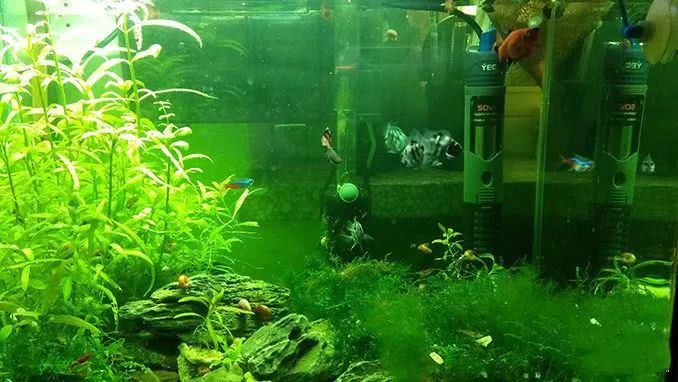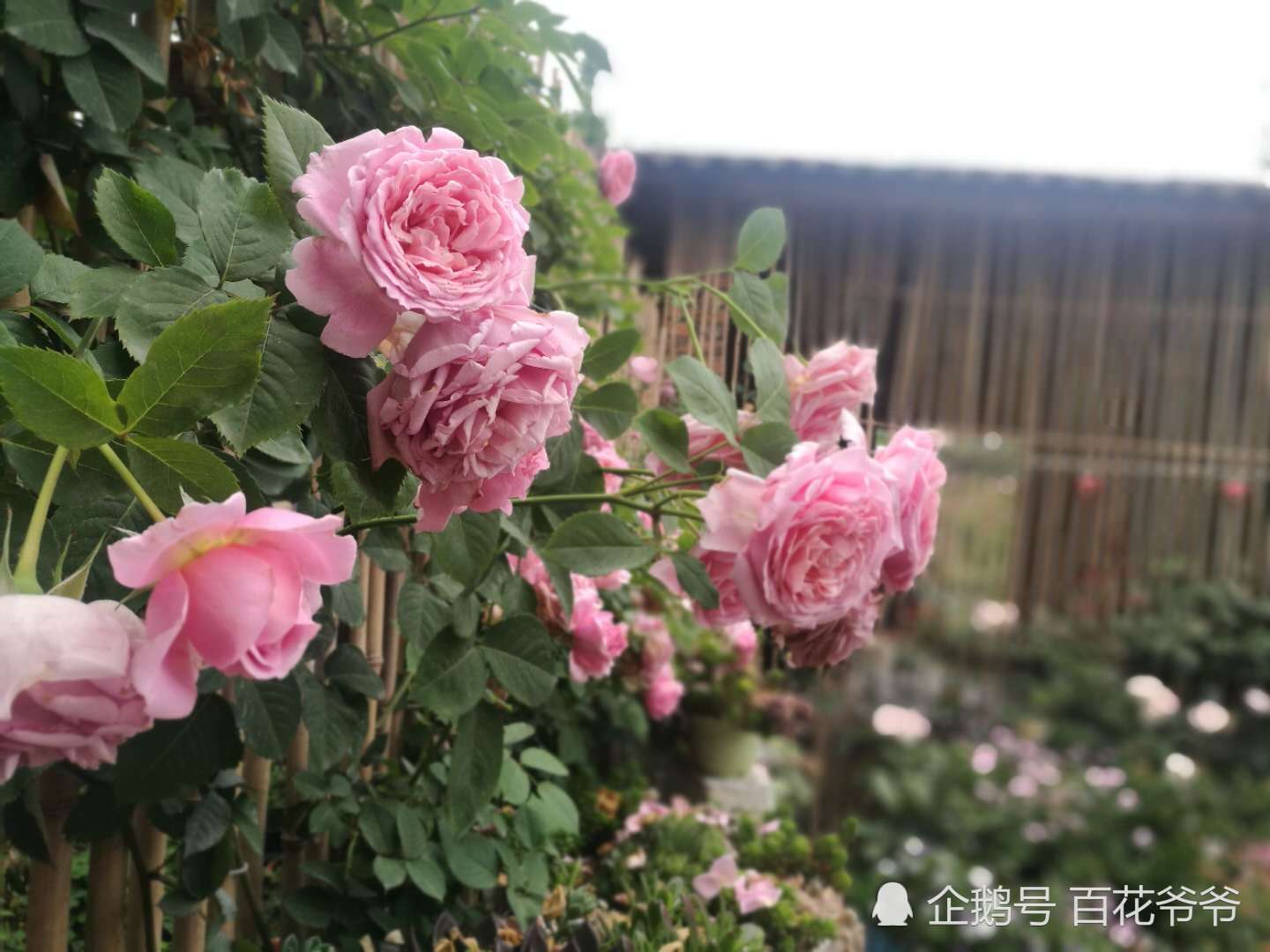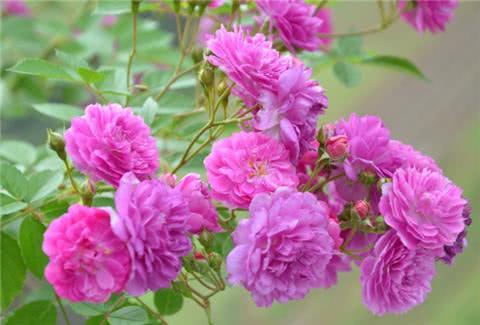The method of Rapid Landscape of Water and Grass Tank for lazy people

Times are changing with each passing day, the impact of aquarium landscape is increasing, more and more grass friends into the landscape industry, household fish tanks are also from the beginning of improvisation casually nurtured to formal landscape.
There are a variety of materials for landscaping, among which the most popular among lazy people is the dunes.
Dune grass will simplify the tedious procedures of planting, there is no need to plant in a pinch, just put in the whole block, according to the height of water and plants, the location of the landscape, can achieve the effect of the scene into the tank.
Therefore, if you want to make an instant scene, the dunes and grass with leaves in the water is undoubtedly a good choice.
The advantages of dune grass
Why the use of dune grass for landscape can be adopted by many fish friends, the fundamental reason is the word "efficiency".
Because the grass is planted in semi-water, the growth rate is fast, the root system is developed, and the propagation speed is faster than the general water leaves, and the speed of water transfer is also faster. Usually, the traditional planting method of large and medium-sized grass tanks needs to be landscaped from March to May, but the grass can be completed in a month or more (of course, the specific time will vary from person to person, such as different cylinder blocks, such as different water quality, different maintenance levels, etc., but it is much faster anyway), small cylinders can even be filled with the first layer of turf within 3 weeks.
In addition, due to the well-developed root system of aquatic plants, it has been drilled into the substrate, so in the process of reproduction, it avoids the disturbance of biological overturning and even the need to replant.
First put a few comparative pictures of my fish tank before and after putting dunes, the improvement of the landscape effect is very obvious, and the fish swimming in the grass looks very pleasing to the eye. In the second half of the article, we will talk about the names and characteristics of all kinds of dunes for your reference. The dunes I bought are: green climbing dwarf pearls, green Newton, red leaves, red waves, more green ones, and then some red aquatic plants, which can serve as the finishing touch.
It was monotonous and messy before putting the dunes.
Then I bought dunes: green climbing dwarf pearls, green Newton, red leaves, red waves, more green ones, and then some red water plants, which can serve as the finishing touch.
Let's take a look at the following images after putting in the dunes:
After putting the dunes, is it very pleasing to the eye? :)
Placement skills of dunes and grasses
Crawling, horizontal dunes can be placed on high places, so that it can hang down and have a different view.
The same or similar types, front and back, high and low collocation, in order to create a sense of hierarchy. On the other hand, the red dune grass works better in the position of the golden section of the fish tank.
Two planting methods of Rabdosia humilis
The first is to put the grass directly on the bottom bed, rocks or sunken wood, which has the advantage of being flexible enough to see the climbing dunes growing down the slope.
The second is to bury the matrix into the bottom bed and expose the grass to the bottom bed (mud). The two planting methods have nothing to do with the quality of the substrate and the quality of aquatic plants, which is entirely a matter of landscape habits.
The first kind is more time-saving and faster, but usually requires more grass, which is slightly potholed after laying on the bottom bed; the second kind of landscape lawn is more gentle and delicate, and the crawling dunes crawl, reproduce and form the scene faster.
There are surprises here.
Click on the original text to buy now
- Prev

In autumn, the rose cuttings take root quickly, and they can bloom in the month.
In recent days, the weather in Chengdu has been raining continuously, staying at home, pruning the rose branches, losing waste, sorting out some available branches to carry out cuttings, although the temperature is a little low, but still able to live, rainy...
- Next

These two kinds of flowers bloom throughout the year with intoxicating fragrance and easy to breed and easily explode.
Today, I would like to introduce two kinds of flowers with intoxicating fragrance, blooming in four seasons, easy to burst pots and beautiful blossoms. I believe you will like them! Sweet carriage sweet carriage, is a miniature rose, also known as exploding purple. The flower color is bright purple, easy to explode, multi-season.
Related
- Wuhan Hospital Iron Tree Blooming Result Was Instantly Frightened by the Gardener Master
- Which variety of camellia is the most fragrant and best? Which one do you like best?
- What is the small blue coat, the breeding methods and matters needing attention of the succulent plant
- Dormancy time and maintenance management of succulent plants during dormancy
- Minas succulent how to raise, Minas succulent plant pictures
- What are the varieties of winter succulent plants
- How to raise succulent plants in twelve rolls? let's take a look at some experience of breeding twelve rolls.
- Attention should be paid to water control for succulent plants during dormant period (winter and summer)
- Watering experience of twelve rolls of succulent plants
- Techniques for fertilizing succulent plants. An article will let you know how to fertilize succulent plants.

